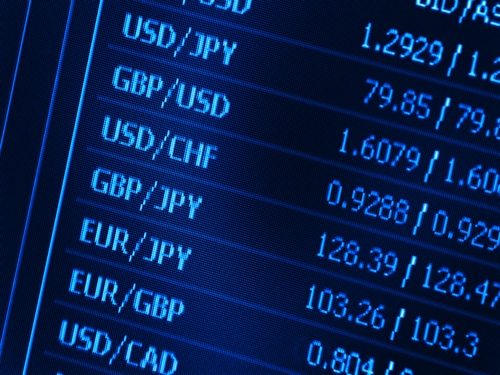Forex or foreign exchange involves buying and selling global currencies on the competitive foreign exchange market. Traders will profit by exchanging one currency for another. The forex trading market in Australia is volatile and always offers many options to choose from.
To understand the Australian forex market, get started by comparing it to other markets in the Asia-Pacific region. The global forex market is large and in excess of $4 trillion, with traders buying and selling currency pairs on an hourly basis. Further, it’s a global marketplace with plenty of room for profitability.
The AUD/USD is the Australian market’s widely pursued and traded currency pair. On the other hand, Australian turnover in the EUR/USD and USD/JPY is much lower. Transactions undertaken in NZD/USD, USD/CHF, and the ‘Other’ currency category predominantly involving the Asian market have increased noticeably.
This article will explore factors affecting the Australian forex market compared to other Asian-Pacific markets. Keep reading.
Drivers of the Australian Forex Trading Market Compared to Emerging Asian Markets
Forex trading is increasingly taking place offshore or outside the chosen jurisdiction where the currencies are issued. When comparing FX in Australian markets to other Asian-Pacific markets, key determinants are the demand for and supply of Australian currency. There are notable factors affecting supply and demand that help compare emerging forex markets. Have a look:
Interest Rate Differentials and Capital Flows
Interest rate differential helps measure the difference between rates in Australia and those in other economies. The interest rate is an essential driver of the demand and supply of Australian dollars and capital flows. You can measure the money that flows into and out of Australia through trading.
An increase in Australian interest rates contributes to higher forex exchange than many traders expect. When interest rates become more attractive many investors or traders will invest in forex. A decline in Australian interest rates will make foreign exchange rates lower than otherwise.
Terms of Trade and Commodity Prices
The close relationship between the terms of trade and the Australian dollar’s value has significantly impacted forex trading. Traders get a chance to compare forex exchange rates between emerging markets. The Australian dollar is heavily correlated with commodities, and a price change can lead to a relative appreciation of the dollar rate to other currencies.
Forex traders rely heavily on economic data for foreign exchange trading. You need to understand the type of commodity you want to trade to excel in forex trading.
International Trade
Australian dollars are bought and sold to facilitate international trade. The balance of trade between Australia and Asian-Pacific nations affects forex trading. If there is a relatively high demand for products and services internationally, this will see an appreciation of its currency.
An increase in the demand for Australian exports also increases demand for the Australian dollar in the forex market and appreciation of the dollar. When Australians buy goods and services from an Asian-Pacific seller, the importer sells Australian dollars to obtain foreign exchange to make payment.
Prices and Inflation
The purchasing power parity links the level of exchange rates to the level of prices between different economies. Over time, exchange rates adjust so that the prices of goods and services can be the same in other countries.
During times of higher inflation, foreign goods, and services are in high demand. Imports will increase, and this will cause a surge in currency supply in forex markets, leading to a depreciated currency.
Summing Up
The Forex market in the world is driven by long-term or short-term economic factors that impact the value of a country’s currency. To excel as a forex trader, know the factors that drive the market. The Australian economic outlook has the most influence on the value of its currency.
Knowing the factors to watch will help keep up with the competitive and rapidly growing world of forex trading. Most importantly, you’ll know how the Australian forex market compares to other Asian-Pacific nations’ markets. It will be easy to look at the characteristics of the Asian forex market and currency transactions.

